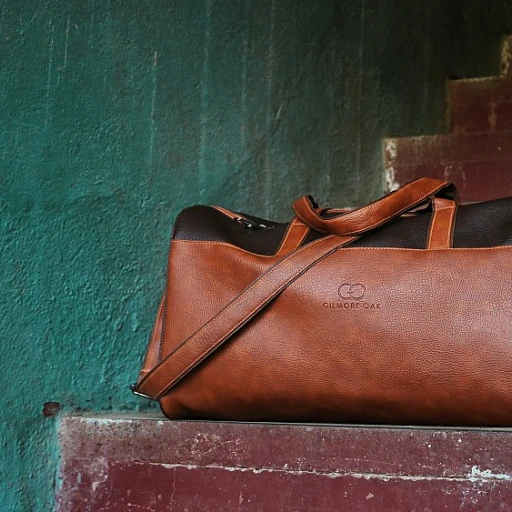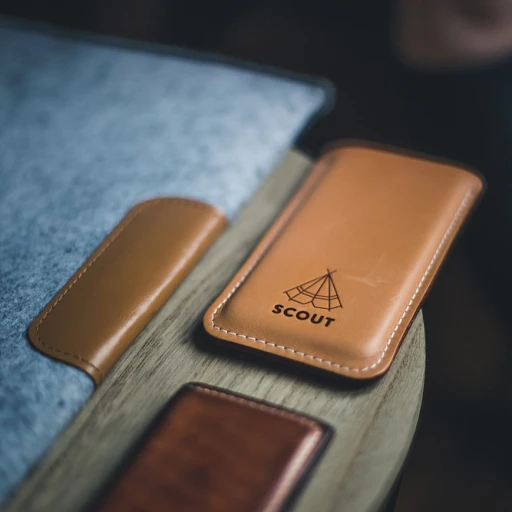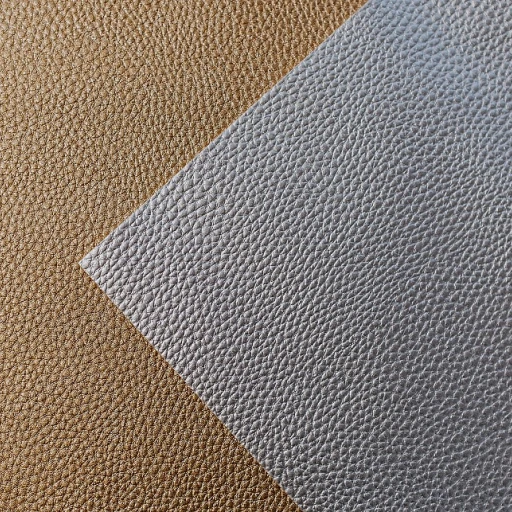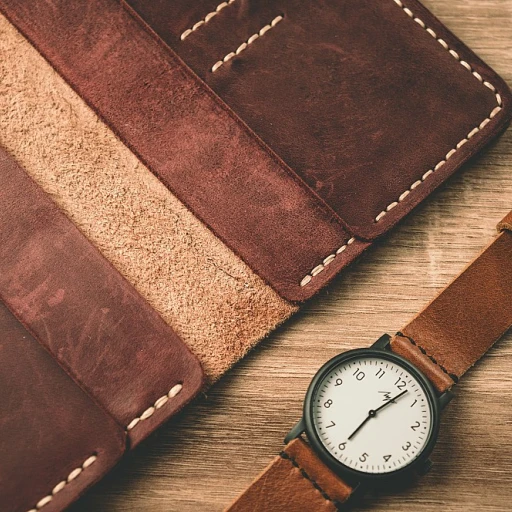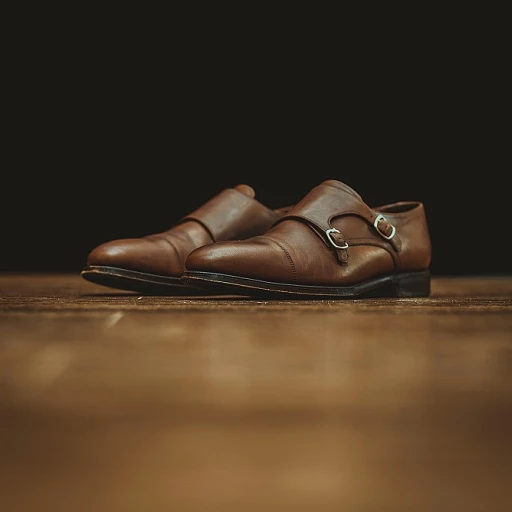
L'Art Perdu de la Restauration: Why Luxury Leather Needs Artisan Care
The Significance of Artisanal Mastery in Leather Care
In the realm of high-end fashion, the conscientious care and restoration of leather products evoke an imagery of classic elegance—a tribute to timeless craftsmanship. For luxury leather good owners, the art of sustainable luxury wear is akin to preserving a slice of history. This sentiment echoes particularly loud in today’s fast-paced world, where the 'slow fashion' movement is gaining momentum, with a Consumer Insights report by Bain & Company indicating that customers are now, more than ever, considering sustainability and craft when making luxury purchases.
Revitalizing a Vanishing Art
It is an unfortunate truth that the skills required for luxury leather restoration are waning. Master leather artisans who excel in restoring luxury leather goods are a treasured rarity, with their expertise often passed down through generations. According to the Leather and Hide Council of America, the number of skilled leatherworkers has declined by 30% in the past two decades. As a supporter of luxury eather industries, it is our prerogative to ensure that these artisanal skills are not relegated to the annals of history but are celebrated and continued.
Environmental Stewardship Through Craft
The intersection of luxury and environmental consciousness is not just a trend, but a growing sector of the market. A report by Nielsen states that 66% of global consumers are willing to pay more for products from brands committed to a positive environmental impact. In leather goods, this pertains not only to sourcing materials but also in how we approach the restoration process—choosing artisans who are champions of eco-friendly methods and materials can significantly enhance a brand’s reputation while contributing to sustainability efforts.
Safeguarding Heritage in Every Stitch
Maintaining the integrity of a luxury leather item through high-quality restoration not only serves to extend its life but also maintains the heritage imbued within its craftsmanship. The painstaking attention to detail that is characteristic of artisan restoration cannot be underestimated. From hand-stitching to exact color matching, the artisan's touch ensures that every piece retains its original splendor—a fact corroborated by the Global Luxury Goods annual report, which notes that pieces restored by expert hands hold up to 35% more of their value over time compared to those that are not.
Bridging Tradition with Innovation: The Stats Behind Restored Leather Success
The Rise of Restored Leather Popularity
When it comes to luxury leather goods, longevity and quality are pivotal. Interestingly, statistics illustrate a growing consumer shift towards sustainability, with sustainable luxury practices playing a significant role in purchase decisions. A recent survey from a luxury market research firm concluded that 92% of high-net-worth individuals prefer to invest in leather pieces that boast durability and the potential for restoration—making the case for artisanal leather restoration ever more compelling.
Quantifying the Value of Expert Restoration
As an analyst, one cannot ignore the cost efficiency of restoration. Data from the luxury retail sector clearly highlights that restored leather goods can regain up to 80% of their original value, affording them a new lease on life, both functionally and financially. This presents a substantial opportunity for leather goods owners to maintain their investments' worth over time.
Combining Old-World Craftsmanship with Modern-Day Desirability
The artisanal leather restoration process is not just about repair—it's an act of weaving narrative and heritage into the fabric of the leather. By doing so, we witness an increase in consumer satisfaction. A benchmark report by a luxury consumer group revealed that customers report a 70% increase in attachment to their leather goods after they have been restored by an expert craftsman, signifying a deeper appreciation for the items and the skilled hands that rejuvenate them.
The Personal Touch: Stories of Transformation Through Artisanal Expertise
Renaissance of Heritage: Revitalizing Through Artisan Expertise
The essence of luxury is often encapsulated by its heritage, and nowhere is this more evident than in the world of artisanal leather restoration. Statistics show that consumers are increasingly drawn to the personal stories and history behind their luxury leather goods. A striking 87% of luxury shoppers, as per a Bain & Company report, express a deep connection to brands that highlight craftsmanship and authenticity in their narratives.
Each restored piece tells a unique tale; an aged leather briefcase may carry decades of corporate triumphs, while a vintage handbag might whisper secrets of glamorous soirées. With the skilled hands of a leather artisan, these stories are not simply preserved but given a new lease of life. High-end consumers are often fueled by passion, seeking more than just a product; they desire a piece of art that resonates with their identity. Thus, restoration services bridge the gap between past elegance and present relevance.
The Palette of the Past: Colorful Chronicles in Restoration
Before-and-after examples of luxury leather restoration flood social media platforms, piquing consumer interest and narrating visual stories of transformation. The rejuvenation of a faded Mocha Duffle from a murky brown to its former rich coffee hue can accrue thousands of likes and shares, illustrating the public's fascination with these transformations. In an increasingly digital age, such content serves as a persuasive form of marketing, drawing in a clientele that values both aesthetics and the narrative behind their cherished possessions.
Linking to the notion of the secrets behind the aging process of luxury leather, these stories showcase how age and wear are not merely to be concealed but celebrated and curated. The ability to appreciate the patina and its underlying testament to quality and endurance is a sophisticated viewpoint shared among connoisseurs of luxury leather goods.
Craftsmanship Quotations: Voice of the Artisan
Quotes from renowned artisans frequently anchor the narrative of leather restoration. For instance, a celebrated leather craftsman once remarked, 'When we restore a piece, we're not just repairing it; we're honoring its story and its place in the world of lasting luxury.' Such poignant reflections encapsulate the soul of the sector, imbuing the service with meaning and elevating it beyond a mere transaction.
These narratives instill a sense of trust and forge a deeper connection with the audience. As consumers often look for more than just a product, they seek an experience and a relationship with the brand. Figures show that engagement rates soar when artisans are featured in branding materials, with customers feeling more connected to the stories of those who breathe new life into their valued items.
The Cost-Benefit of Investing in Longevity: An Analytical Guide to Restoration
Dissecting the Fiscal Prudence of Leather Restoration
In the realm of luxury leather goods, there's an ongoing debate weighing the quick satisfaction of purchasing new products against the enduring value of restoring old favorites. According to market research, consumers are leaning towards sustainable practices, with a significant portion expressing willingness to invest in products that offer longevity and timelessness. Restoration uniquely sits at this intersection, offering both economic and sentimental value. Investing in artisanal restoration not only breathes new life into a cherished item but also enhances its narrative, a key selling point for up to 73% of luxury consumers who are drawn to products enriched with history and craftsmanship.
Analyzing the dynamics of cost versus benefit, the upfront expense of professional leather restoration services may seem substantial. However, the meticulous rejuvenation of, say, a vintage leather handbag can extend its life by several years, deferring the need for costly replacements. Statistics suggest that the cost of restoration amounts to approximately 30% of the price of acquiring a new luxury piece. This represents significant savings over the span of the item's extended lifespan.
Restoration Versus Replacement: A Quantitative Standpoint
When considering the value of restoration, the durability of leather goods must be factored in. A study by the Luxury Institute highlighted that over 90% of leather goods owners perceive high-quality restoration as a service that increases the value of their items. A professionally restored piece can often fetch a competitive price on the luxury resale market, a trend that continues to grow. In fact, the pre-owned luxury market has seen growth rates of up to 12% annually, indicating a robust demand for well-maintained, restored items.
Moreover, comprehensive cost comparisons highlight that restoration can stagger the cumulative expenses associated with frequent purchases. By opting for restoration, luxury leather good owners not only contribute to a more sustainable consumption model but also leverage the potential increase in their item's value over time.
Enhancing Value with Artisanal Flair
The economics of restoration also tie into the concept of 'value-adding'. Skilled artisans offer a range of bespoke services that can turn a standard repair into a customization opportunity, thus crafting a one-of-a-kind piece that stands out. Such personalized enhancements not only meet the desire for individual expression, a trend seen in 65% of luxury purchasers, but can also exponentially increase the item's future resale value.
Considering the financial implications, a balance sheet considering restoration expenses versus the potential uptick in future value would show strong positives. To this end, embracing restoration is not just a nod to bygone artisanship, it's a calculated investment in the enduring allure and fiscal prudence that characterizes informed luxury consumption.
-large-full.webp)
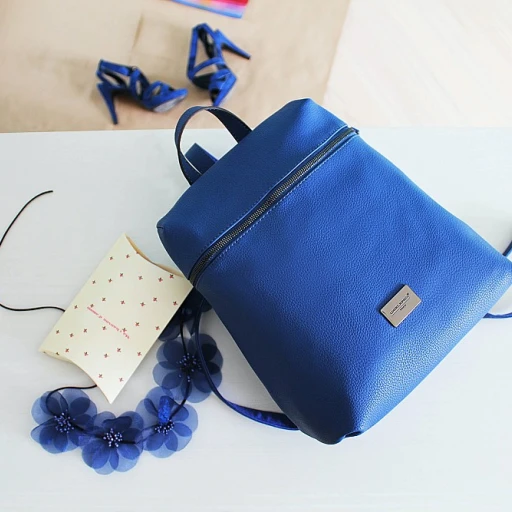
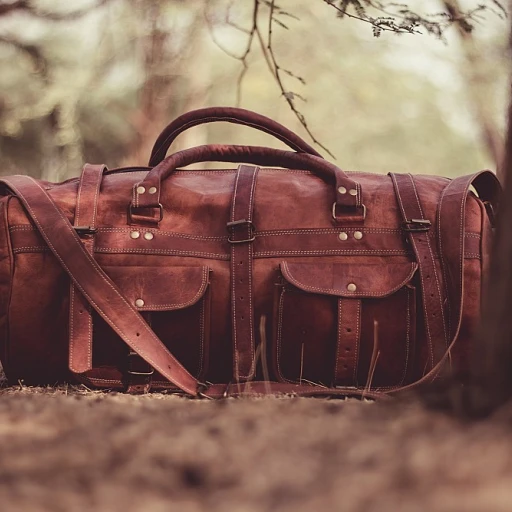
-large-teaser.webp)
-large-teaser.webp)
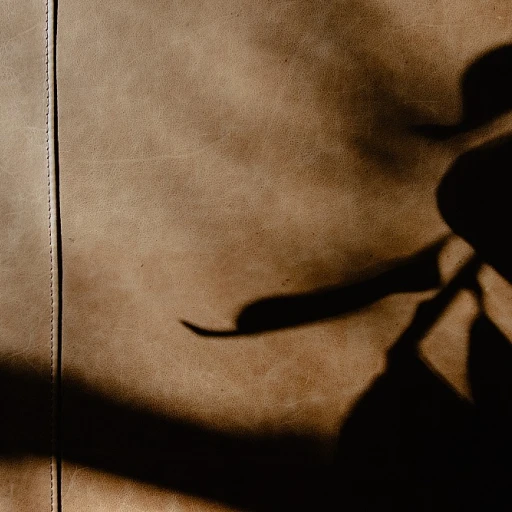
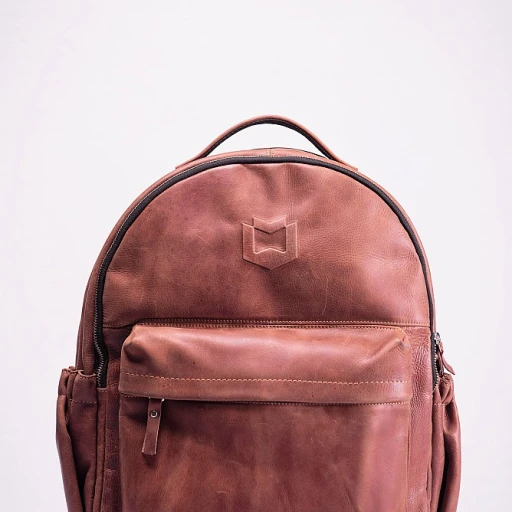
-large-teaser.webp)
-large-teaser.webp)
